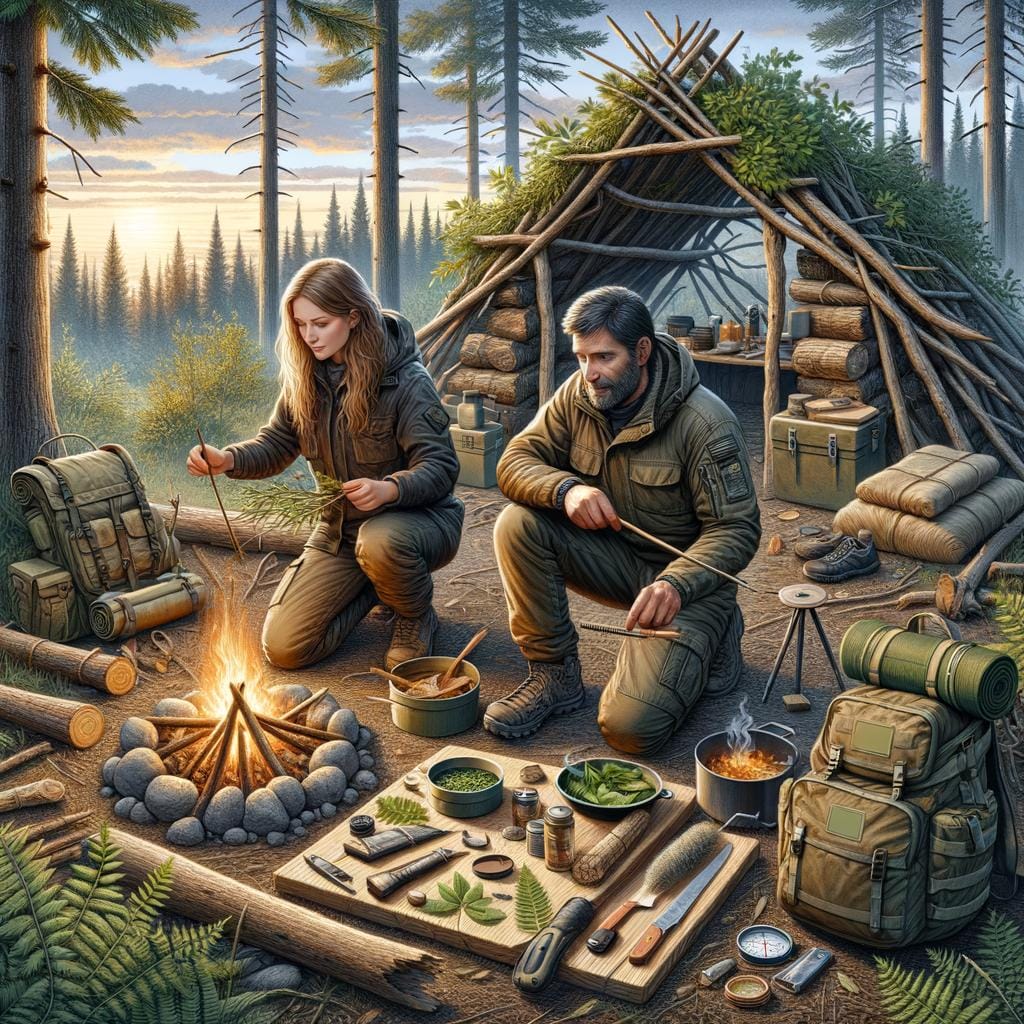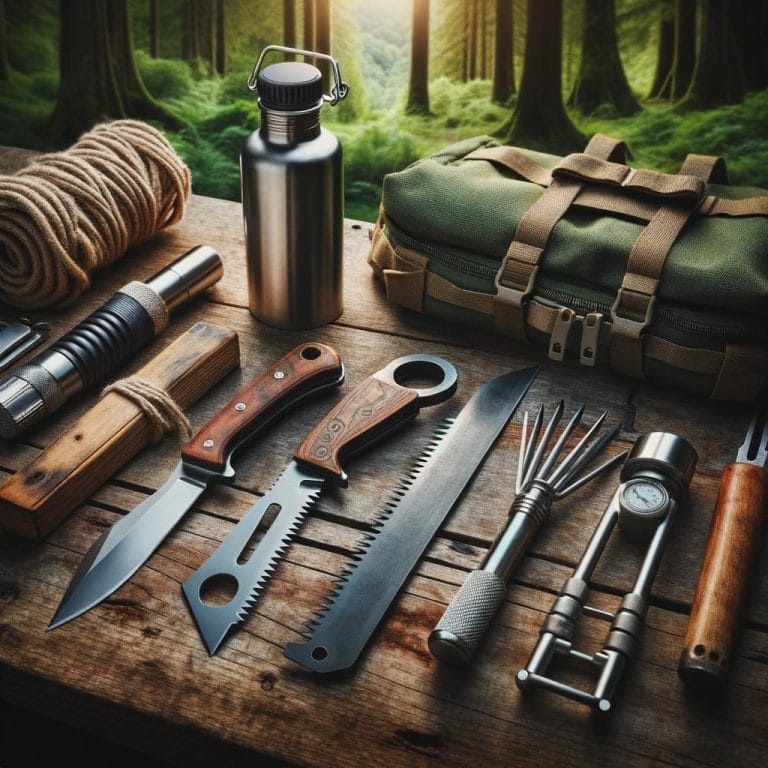Bushcraft Tools
Bushcraft tools are essential equipment for anyone venturing into the wilderness, providing the necessary means for survival and outdoor exploration. These tools encompass a wide range of gear that can aid in tasks such as shelter building, fire starting, navigation, …


